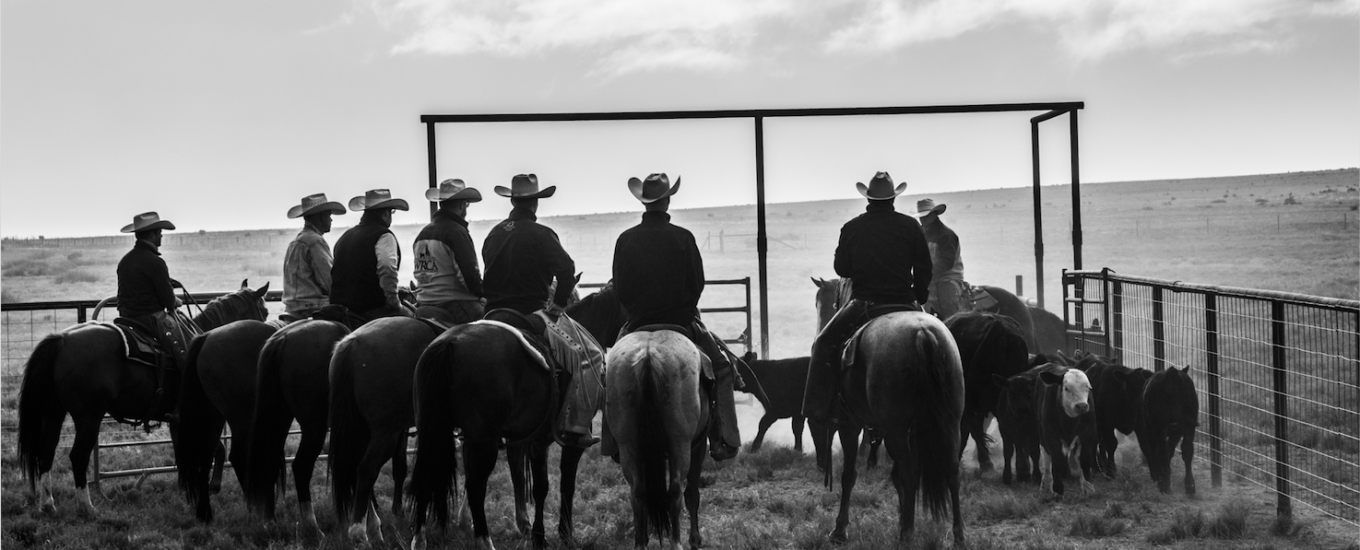Neighborin’ | The WRCA blog
Most ranches have more work to do than they can ever afford to pay to have done. It’s tough to make cows pay for the employees it takes to manage them. Think about an average sized ranch with 250 cows. How can one man brand all those calves? How can one man wean, ship, preg check, all those cows? Most of the year, ranch work is solitary. Checking health, water and fences, putting out mineral, or maybe spending all summer cutting hay to be fed all winter. Any gaps in the workflow are filled with maintaining the capital improvements.
Early on in the history of ranching in the West, cowboys figured this problem out. In the time before fences, during the big fall and spring works, ranches would send representatives, or ‘reps’ to the neighbors’ gathers to help complete the work and to collect any strays.
Over time, that developed into the modern ranching concept of “neighboring.” It’s a simple idea. During major cow works, rather than hire a full crew, neighbors will pitch in and trade days. No money is exchanged, just a barter system to smooth the workflow. Of course, meals are a big part of the trade. The better the meals, the more likely cowboys are to trade days.
But it’s more than just a workflow issue. By neighboring, ranchers can learn from each other. From observing different ways of working, to creative ideas for infrastructure, to general advice for any problem, it’s an essential way to transfer knowledge in what’s usually a very geographically segregated industry.
Beyond that, there are gear swaps, introductions made, and relationships deepened. Neighborin’ is not only essential to the fabric of the ranching community and to the individual ranches getting their work done, but a benefit to the ranchers and employees who participate. I can think of no other industry in which you essentially hold work exchanges with your competitor.
Just add neighborin’ to the long list of what makes ranching special.

